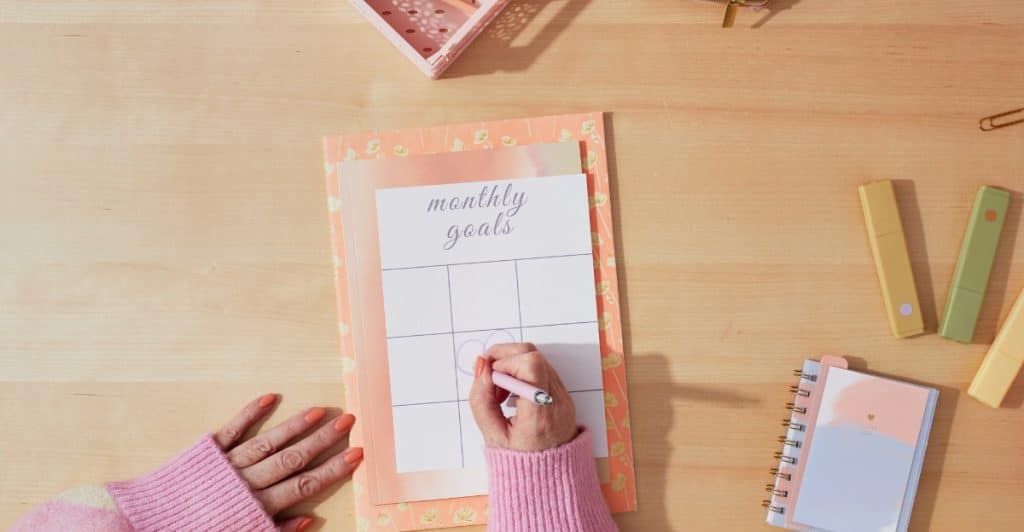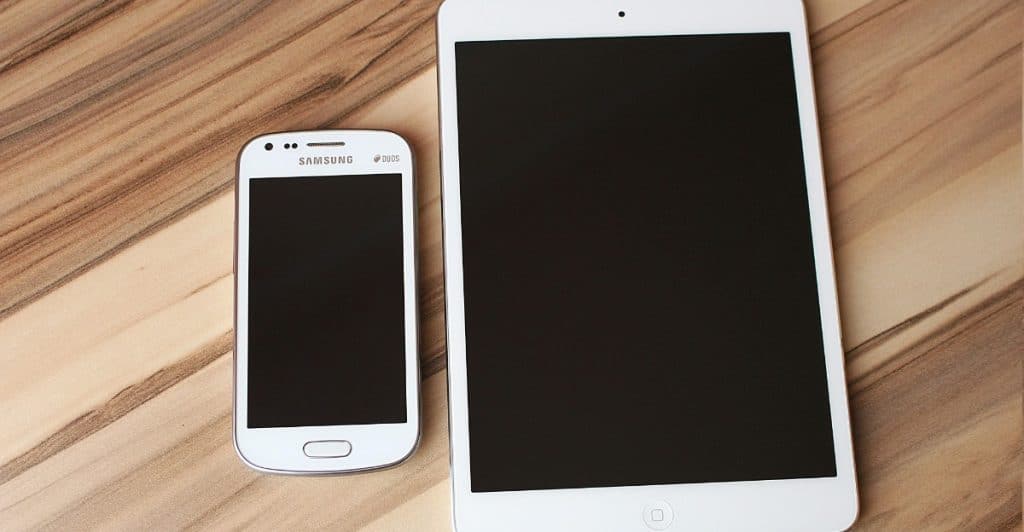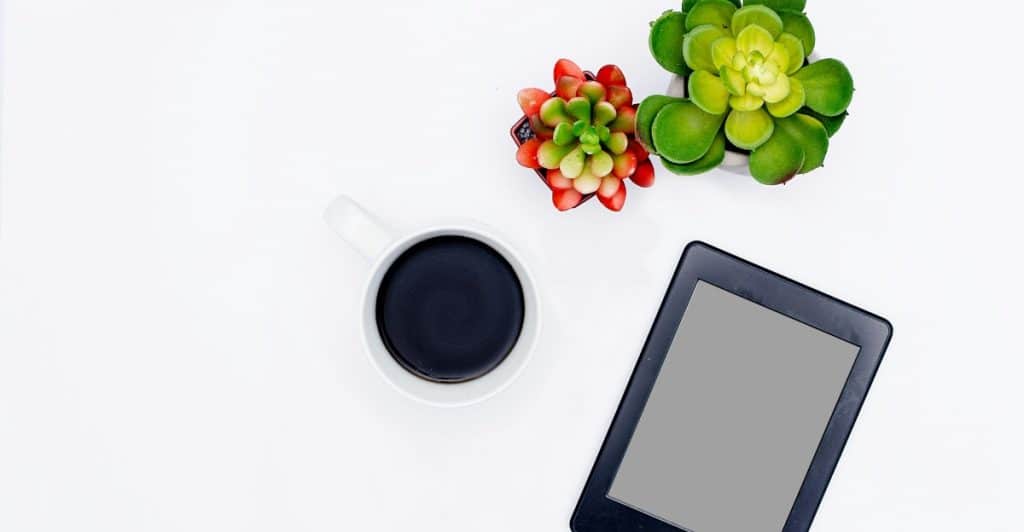
A study by researchers from Stanford University found that increased use of screens among adults may have a negative impact on mental health, learning, and memory. More alarmingly, the study also found that it also has the potential to increase the risk of early neurodegeneration. Now more than ever, we need to prioritize stepping away from screens from time to time if we want your present–and future–self to thank you.
If 2025 is the year you want to cultivate a better relationship with your screens and have a healthier digital life, here’s how.
Set SMART Goals

You can’t begin any endeavor without setting SMART (specific, measurable, achievable, relevant, and time-bound) goals. Take time to reflect on three lists: 1) Why your screen time isn’t doing you any favors, 2) the benefits of taking a digital detox, and 3) the goals you want to achieve for this detox. Being clear about your objectives will help you stay on track when the going gets tough.
Start Small and Easy

It may be tempting to go cold turkey on all your devices, but it’s not sustainable. Start with manageable changes, like a no-phone hour before bed or staying off social media in the morning. It’s less about perfection and more about consistency. The wins will compound over time, and so will the sense of control.
Plan Your Day Ahead of Time

One of the best things you can do for yourself, and not just with the goal of limiting your screen time, is planning your day ahead of time. This means giving yourself incentive to wake up earlier, structure your tasks, and intentionally block out screen-free windows. When you know what you’re doing and when, you’ll be less likely to default to scrolling out of boredom or overwhelm.
Make Your Bedroom a No-Tech Zone

This may be difficult because we live in a time wherein it seems like phones and tablets are glued to human bodies (sometimes even out of necessity for work or other responsibilities), but making your bedroom a no-tech zone (yes, even your TV!) can vastly improve your sleep, intimacy, and peace of mind. A tech-free bedroom helps your brain understand that it’s time to rest, not refresh your feed.
Invest in More Printed Works

It’s understandable that some books and even magazines are considered a luxury now, but that’s why they are an investment. Nothing beats the feeling of having the printed word on your hands, and sniffing that new-book smell when you first purchase it. Reading physical pages helps reduce eye strain and offers a richer, less distracted experience.
Audit Your Digital Life

How many email addresses and social media accounts are you handling right now? Your digital life is a reflection of your real one, and the more digital clutter you hold onto, the more mental clutter you invite in. Do a full sweep of your inboxes, unsubscribe from newsletters you never open, and delete apps that no longer serve you. Deactivate certain accounts if you need to. Streamlining will be a gift to your sanity.
Move Your Body

Unfortunately, there really is no way around it: Exercise is good for every area of your being, not just your physical body. Even a 20-minute walk can help rebalance your nervous system, regulate your mood, and reduce the urge to doomscroll. Movement gets you out of your head and into your life. It doesn’t have to be intense–stretching, dancing in your living room, walking your dog, or a quick yoga flow all count. What matters is consistency, not performance. When your body feels better, your mind follows.
Get Some Fresh Air

You know how the kids say, “Touch some grass”? Leaving the house–even for just ten to fifteen minutes per day–can do wonders for your health. Sunlight, wind, green things–they all work together to remind you that your world is bigger than the screen in front of you. Get outside, breathe deeper, feel more alive.
Downgrade Your Phone

You don’t need to fall into the trap of buying the latest model every year. In fact, switching to a simpler phone or using built-in limits can help you escape the dopamine-driven feedback loop. Less functionality means fewer temptations, and fewer temptations mean more mental space.
Turn Off Your Notifications

This is a simple but powerful thing you can do to reclaim your attention. Most notifications aren’t urgent; they’re just distractions dressed up as relevance. Turn off everything non-essential. You’ll be shocked by how quiet and calm your day becomes when your phone isn’t constantly pinging.
Turn Your Devices Off Altogether

If it’s possible, consider turning your devices off altogether. Not on silent, not on airplane mode. Just off. The world will still turn. Try doing this during meals, before bedtime, or during weekends. It’s a reminder that presence and peace are still possible, and often just a power button away.
Look Into E-Readers

Another option you can look into to jumpstart your digital detox is to invest in an E-reader. It may seem counterintuitive because E-readers are also handheld devices, but they are a lesser evil because most of them are made of E-ink, which mimics the look of paper, which means they are less harmful to your eyes. Bonus: they usually don’t support social media.
Schedule Meditation Time

Meditation doesn’t have to be complicated. Even just five minutes of sitting still, focusing on your breath, and observing your thoughts can dramatically improve your ability to resist the urge to check your phone. It strengthens your awareness, which is exactly what you need when trying to change any habit. Start small. Set a timer. Sit. Breathe. Repeat.
Reward Yourself

When you hit certain milestones, like hitting your desired recorded screen time, don’t hesitate to give yourself something to celebrate. It doesn’t need to be big; think new stationery, a movie night (offline), or a nice meal out. Your brain loves positive reinforcement. Use it to keep your momentum going.
Hold Yourself Accountable

Another way to help ensure the success of your digital detox is to create systems of accountability. Use tracking apps, journals, or even check-ins with a friend to monitor your progress. The point isn’t guilt; it’s awareness. And awareness leads to change.
Get a Support System

Don’t underestimate the power of your community to help you. All addiction recovery is a community project, and even though you may not necessarily be addicted or dependent on your digital devices, having people cheer you on–or join you–makes a huge difference. Shared goals create shared growth.
Reach Out to a Mental Health Professional

Reaching out to a counselor or a mental health professional who’s well-versed on digital addiction or dependence shouldn’t be a last resort. If you’re struggling with anxiety, compulsive screen use, or trouble detaching, therapy can offer real tools for recovery. You don’t have to do this alone.






Ask Me Anything